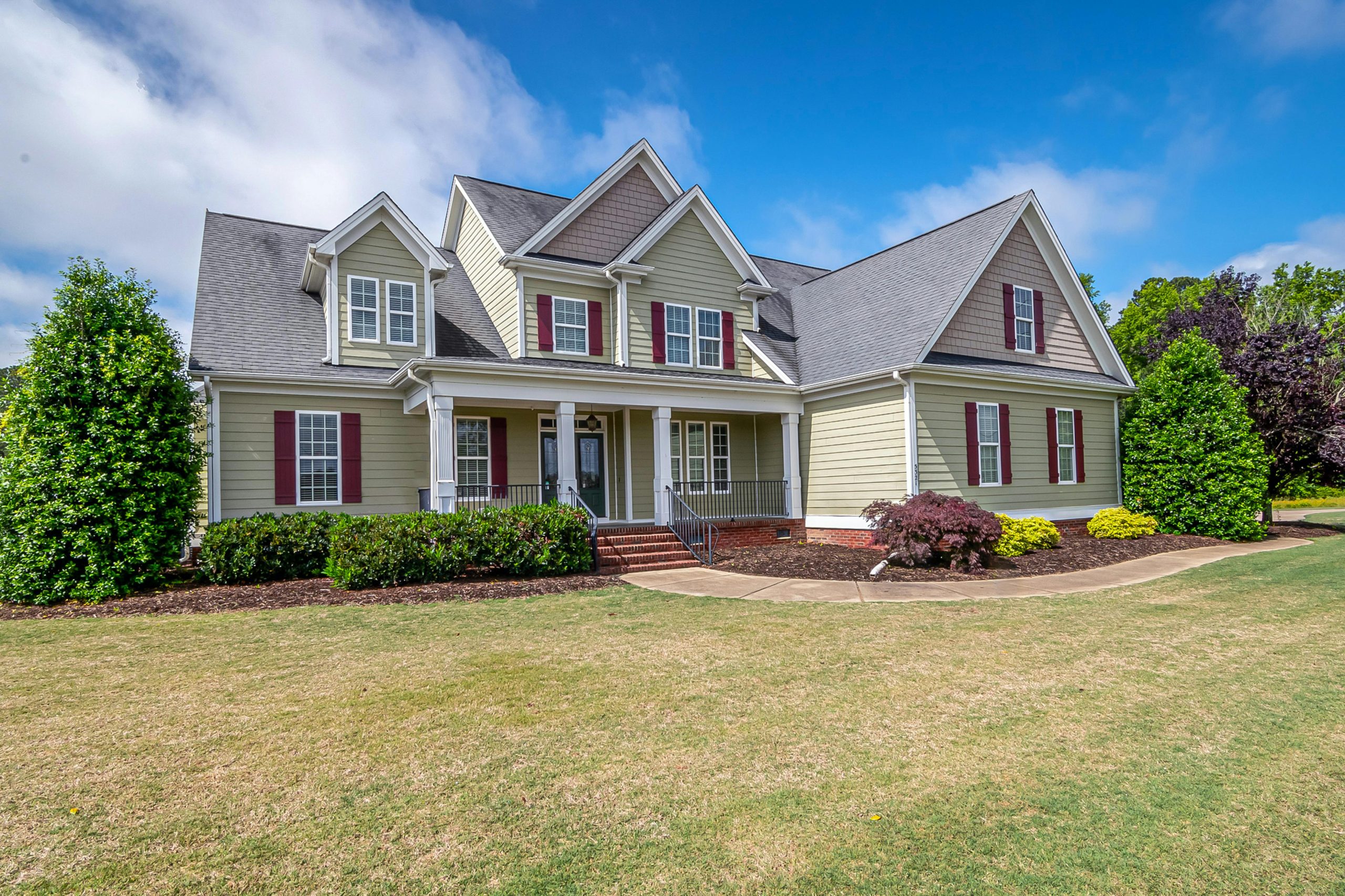Single Convector Radiators: Smart Choice for 2025 or Outdated Technology for Your Home?
The world of home heating technology evolves rapidly, leaving homeowners confused about whether traditional single convector radiators can compete with modern heating solutions or if they represent outdated technology that wastes energy and money in today’s efficiency-focused market. Rising energy costs and environmental concerns push many to question whether their existing heating systems meet current standards, while conflicting advice from contractors and heating specialists creates uncertainty about the best path forward. The challenge lies in separating marketing hype from practical reality when evaluating whether single convector radiators deserve a place in modern homes or should be replaced with newer alternatives.
Image by wayhomestudio on Freepik
Homeowner Patricia faced this exact dilemma when her heating system needed updates and three different contractors gave her completely contradictory advice about her single convector radiators. One specialist insisted they were hopelessly outdated and inefficient, recommending expensive replacement with modern alternatives, while another claimed they remained perfectly adequate for her home’s needs with proper maintenance and smart controls. The third contractor suggested a hybrid approach that confused her even more, leaving Patricia overwhelmed by technical jargon and uncertain whether to invest thousands in upgrades or stick with her current system that seemed to work reasonably well.
Understanding the true performance capabilities of single convector radiators in 2025 requires looking beyond sales pitches and examining how these systems actually perform in real-world conditions compared to modern alternatives. The most informed heating decisions come from evaluating factors like home size, insulation levels, usage patterns, and budget constraints rather than simply following trends or assuming newer always means better. Smart homeowners need clear, unbiased information about when single convector radiators make sense and when upgrading becomes the more practical choice for their specific situation.
What A Single Convector Actually Does (And Doesn’t)
Before you write them off as outdated, it’s worth understanding how single convector radiators actually operate. These units typically consist of one, efficient larger radiator panel with a convector fin attached to the back. The fin increases the surface area through which air can be warmed, helping boost efficiency without adding much bulk.
This makes single convectors well-suited for rooms that don’t need to be heated rapidly, or for properties that retain heat well once it’s established. Bedrooms, hallways, guest spaces, or even smaller lounges can all benefit from a radiator that’s compact, responsive, and easier on the eye.
It also helps that modern single convector radiator designs have come a long way. They’re not the bulky white slabs you might remember. Updated profiles, subtle bracketry, and improved build quality mean they can deliver decent output without sacrificing wall space or clashing with interiors. In many homes—especially those with updated insulation and good zoning—a well-placed single convector performs just as effectively as a larger, more complex unit.
When Less Really Is More
There’s a myth that choosing a radiator with a lower BTU output is inherently wasteful—that you’ll be constantly underheating a room or forcing the boiler to overwork. But that depends entirely on the context.
A single convector may emit less heat per minute, yes. But that can actually be an asset. In homes with newer insulation standards or double glazing, holding temperature becomes easier. You don’t need a high-output radiator blasting heat and causing overshoots. Instead, the goal becomes consistency. Gradual warmth, evenly distributed, without frequent on-off cycling.
This is particularly true when paired with smart heating systems. Zoned control, programmable schedules, and thermostatic radiator valves all reduce the need for oversized radiators. You’re no longer trying to flood the room with heat—just maintain a steady, efficient temperature over time. And if that’s your aim, a single convector can often do the job better than its bulkier counterparts.
Design Considerations And Space Efficiency
Another key advantage? Physical footprint. Because single convectors sit closer to the wall than double or triple-panel designs, they’re ideal in tight corridors, compact bedrooms, or anywhere space is at a premium. You retain valuable room depth—handy for furniture layout, circulation space, or even just visual clarity.
From a design standpoint, single convectors are also more subtle. They’re less visually dominant, especially in modern spaces where minimalism and clean lines are favoured. That’s not to say you can’t make a design statement with one, but they’re more likely to disappear quietly into the background, which is sometimes exactly what you want.
And because they’re lighter and less bulky, installation is typically easier. Wall fixings are less demanding, and they’re generally quicker to mount and connect—something that matters if you’re working on a whole-house retrofit or simply upgrading one or two units on a tight timeline.
But What About Output?
Of course, no radiator discussion is complete without mentioning heat output. There are times and spaces where single convectors just won’t cut it. Larger open-plan rooms, poorly insulated spaces, or rooms with large external-facing walls will likely demand something more robust. That’s where double convectors or even column radiators become relevant.
But output should always be matched to need, not assumed based on size or preference. A well-chosen single convector can easily heat a 10–12m² room if the property is up to spec. It may not do it instantly, but with a bit of forethought and smart control, it can do it consistently and affordably.
The key is using a BTU calculator and understanding your room’s profile. Ceiling height, window area, wall type, and insulation levels all matter. What doesn’t help is guessing—or assuming more is always better.
Efficient, When Used Intentionally
In 2025, heating decisions are less about power and more about precision. The question isn’t whether single convector radiators are “enough”—it’s whether they’re right for your space, usage, and system setup.
When chosen thoughtfully and placed correctly, they remain a highly efficient, affordable, and space-saving option. So if you’re upgrading radiators and tempted to default to the biggest, most powerful unit available, pause for a moment. Ask what you actually need. Because when it comes to heating, the smartest option isn’t always the one with the highest number. Sometimes, it’s the one that simply fits.
Make the Right Heating Decision for Your Home
The debate over single convector radiators in 2025 ultimately comes down to understanding your specific home’s needs rather than accepting blanket statements about what heating technology works best. These radiators continue to provide effective heating in many situations, particularly in well-insulated homes with appropriate sizing and modern controls that optimize their performance. The key lies in honest assessment of your current system’s performance, your home’s characteristics, and your long-term heating goals rather than rushing into expensive upgrades based on generic advice or pressure from sales-focused contractors.
Modern single convector radiators benefit from decades of refinement and can integrate with smart heating controls, efficient boilers, and zoned heating systems that maximize their effectiveness while minimizing energy waste. The technology may not be cutting-edge, but it remains fundamentally sound for many applications, especially when cost-effectiveness and reliability take priority over having the latest heating innovations. The most successful heating decisions balance performance requirements with practical considerations like installation costs, maintenance needs, and compatibility with existing home infrastructure.
Your heating choice should reflect your home’s unique requirements, your budget realities, and your comfort priorities rather than following trends or accepting one-size-fits-all recommendations from contractors with specific product preferences. Single convector radiators deserve consideration alongside modern alternatives when they meet your performance needs and provide better value for your specific situation. The smartest homeowners gather multiple opinions, evaluate their actual heating requirements, and choose systems that deliver reliable comfort without unnecessary complexity or expense that doesn’t align with their practical needs.






